Spring 2021 - Archived Newsletter
This online publication is produced each semester to recognize faculty for their ongoing work. More information can be accessed by clicking on the topics below.
Faculty Receiving New External Awards: October 1, 2020 - March 31, 2021
| Name | Sponsor | Project Title | Dept | College |
|---|---|---|---|---|
| Alimahomed-Wilson, Sabrina | Association for the Sociology of Religion | Matrix of Gendered Islamophobia:Muslim Women's Resistance and Social Justice Activism | Sociology | CLA |
| Arevalo, Sandra | Regents of the University of Michigan via NIH | Michigan Center for Contextual Factors in Alzheimer's Disease (MCCFAD) | Human Development | CLA |
| Baker Prindle, Paul | Long Beach Navy Memorial Heritage Association | Miller Sheets mosaic preservation and installation | Kleefeld Contemporary Art Museum | COTA |
| Baker Prindle, Paul | Getty Foundation | Getty Marrow Undergraduate Internship | Kleefeld Contemporary Art Museum | COTA |
| Balbas,Adrea | NSF | Collaborative Research: Testing for large scale Hawaiian arch volcanism and associated magma sources | Geological Sciences | CNSM |
| Becker, Matthew | ARCADIS vis Dept. of Defense | Thermal In-Situ Sustainable Remediation | Geological Sciences | CNSM |
| Binnall, James | City of Long Beach - Department of City Manager | Multicultural Ethnographic Research | Access and Retention | CHHS |
| Blair, Ryan | SJSU Research Foundation via NSF | Undergraduate Research Groups in the CSU Alliance for PUMP: Preparing Undergraduates through Mentoring toward PhDs | Mathematics & Statistics | CNSM |
| Chae, Eun Jung | UC San Diego via NASA | High-Performance Air Sterilizer Unmanned Aerial Vehicle (HiPAS UAV) | Mechanical and Aerospace Engineering | COE |
| D'Anna, Laura | Community Partners | Building Healthy Communities, Long Beach Evaluation | Center for Latino Community Health | CHHS |
| Eriksen, Shelley | Cal OES | Campus Sexual Assault Programs | Human Development | CLA |
| Fata, Frank | Institute of International Education | ROTC Language and Culture Training Grant 2018-2023 | Comparative Literature & Classics | CLA |
| Fraser, Deborah | NIH - NIGMS | Complement Protein C1q Atherosclerosis | Biological Sciences | CNSM |
| Garcia, Melawhy | Unidos US | Comprando Rico y Sano Eval 19 | Center for Latino Community Health | CHHS |
| Garcia, Melawhy | USDA | Eat, Play, Go! Healthy Families in Long Beach | Center for Latino Community Health | CHHS |
| Garcia, Melawhy | Unidos US via Walmart Foundation | Comprando Rico y Sano Program Evaluation | Center for Latino Community Health | CHHS |
| Garcia, Melawhy | City of Long Beach - Dept. of Health & Human Services | Long Beach Activating Safe Communities Program: Program Evaluator | Center for Latino Community Health | CHHS |
| Ghafoori, Bita | City of Long Beach | My Sister's Keeper Program - New V.I.E.W. #2 | Advance Studies in Education and Counseling | CED |
| Gonzalez, Araceli | SDSU Research Foundation via NIH | Video-visit behavior therapy for anxiety and depression in youth: A randomized effectiveness-implementation study in low-resource primary care settings | Psychology | CLA |
| Gutierrez, Margaret | CA Department of Health Care Services | Emergency Preparedness Services - Tribal Health Programs | Criminal Justice | CHHS |
| Hadadd, Maryam | Port of Long Beach | Know your water: community outreach day at the beach for water resources | Chemical Engineering | COE |
| Hanley, Gerry | Trustees of the CSU via William and Floral Hewlett Foundation | California Open Online Library for Education | Psychology | CLA |
| Hanley, Gerry | Tennessee State University | Scaling the Impact of the HBCU Affordable Learning Community and Open Library in Higher Education | Psychology | CLA |
| Holland, Erika | NIH - NIGMS | DREAM Meditated Transcription Acts as a Biomarker for Pollutant Induced Calcium Signaling Disruption | Biological Sciences | CNSM |
| Huckaby, Lucy | OSHPD - Song Brown | Song Brown Family Nurse Practitioner Grant 2021-22 | Nursing | CHHS |
| Johnson, Amber | City of Long Beach via CARES Act | Black Health Equity Collaborative | Health Sciences | CHHS |
| Kelly, Kenneth | CSU Chico Research Foundation | 2019-2021 CalFresh Outreach Services | Student Affairs-Dean of Students | SA |
| Kim, Mimi | Community Partners/TORCH | Community Restorative Justice Solutions Evaluation | Social Work | CHHS |
| Kline-Crockett, Megan | California Arts Council | Classroom Connections | Carpenter Performing Arts Center | CHHS |
| Krishnan,Sudha | The University Corporation via Dept of the Treasury | The CSUN VITA Program | Accountancy | CBA |
| Lee, Chung Sup | Academy of Korean Studies | Korean Studies Grant 2021: Academic Research | Recreation and Leisure Studies | CHHS |
| Lowe, Chris | Harvey Mudd via NSF | IRES Track 1: RUI: Monitoring of Marine Life Coastal Habitats via Autonomous Robot Systems | Biological Sciences | CNSM |
| Malm, Aili | Contra Costa Public Defender's Office | Contra Costa Holistic Intervention Partnership (HIP) Evaluation | Criminal Justice | CHHS |
| Marcus, Richard | UCOP via US. Dept. of Education | California Global Education Project 2020-2021 | International Studies Program | CLA |
| Marcus, Richard | UCOP | California Global Education Project at CSU Long Beach | International Studies Program | CLA |
| Mark, Ron | Commission on POST | POST Certified Law Enforcement Management Course | Center for Criminal Justice Research & Training | CHHS |
| Martin, Wade | The City of Long Beach | Educational Workshops: Business Consulting and Support | Inst Innov & Entrepreneurship | CLA |
| Meyer-Adams, Nancy | UC Berkeley | CalSWEC Title IV-E Stipend Program 2020-2021 | Social Work | CHHS |
| Meyer-Adams, Nancy | UCCF UCLA/ DCFS Title IV-E Training Stipend Programs | UCCF-UCLA/DCFS Title IV-E Training/Stipend Program 2018-2021 (Years 28-31) | Social Work | CHHS |
| Monge, Alvaro | The Regents of the University of California Berkeley via CA GOPR | Reorienting Formative and Summative Assessment Towards Mastery Learning for Learner Success, Student Equity, and Institutional Resilience | Computer Engineering & Computer Science | COE |
| Neff, Hector | NSF | The Human Input and Coastal Landscape Change | Anhropology | CLA |
| O'Brien, Thomas | University of Southern California via US. Dept of Transportation | METRANS: University Transportation Center | Center for International Trade & Transportation | CPIE |
| O'Brien, Thomas | University of Southern California via US. Dept of Transportation | National Center for Sustainable Transportation | Center for International Trade & Transportation | CPIE |
| O'Brien, Thomas | University of Southern California | Metrofreight: The Local/Global Challenge of Urban Freight | Center for International Trade & Transportation | CPIE |
| O'Brien, Thomas | Volpe National Transportation System Center | Intelligent Transportation System (ITS) Professional Capacity Building (PCB) in the Southwest Region | Center for International Trade & Transportation | CPIE |
| Pickett, Galen | Florida International University via American Physical Society | Departamental Admissions Practices that Maintain Excellence and Diversity in the Face of Covid19 | Physics and Astronomy | CNSM |
| Portnoi, Laura | University Corporation at Monterey Bay via Us Dept of Ed | MAESTRO's Cal State S4 | CED Administration | CED |
| Rahai, Hamid | SJSU Research Foundation via State of California | CSUTC: Transportation Research and Transportation-Related Workforce Education, Training and Development - (Renewal: Year 1 of 3) | COE Administration | COE |
| Reda, Saba | Paramount Unified School District | PUSD MESA College Prep Program 20-21 | Engineering Student Success Center | COE |
| Richards-Tutor, Cara | University of Texas at Austin via US Dept. of Ed | Measuring the Science Vocabulary of Latinx Students using Speech Recognition and automated scoring (MELVA-S) | Advance Studies in Education and Counseling | CED |
| Roeder, Jane | LA County Board of Supervisors | Ethics at The Beach Seminar 2021 | Ukleja Center | CBA |
| Sciortino, Antonella | UC Office of the President (UCOP) | MESA College Prep Program | College of Engineering | COE |
| Sciortino, Antonella | UC Office of the President (UCOP) | MESA University Program | College of Engineering | COE |
| Steimetz, Seiji | City of Long Beach Business Development Bureau | City of Long Beach Economic Trends and Covid 19 Pandemic Impact | Economics | CLA |
| Stevens, Lora | University Enterprises (CSUSac via NSF) | California State University Louis Stokes STEM Pathways and Research Alliance (CSU-LSAMP) (2018-2023) | Geological Sciences | CNSM |
| Suaray, Kagba | The Earl B. and Loraine H. Miller Foundation | Hesabu Circle Math Program | Mathematics & Statistics | CNSM |
| Wechsler, Suzanne | USC via John Rudolph Haynes and Dora Haynes Foundation | Elevation Models of the Historical Los Angeles Landscapes: A Multi-Institutional Collaboration | Geography | CLA |
| Whitcraft, Christine | Southwest Wetlands Interpretive Association | Assessing the effects of sediment augmentation on the GHG Monitoring and carbon sequestration at the Seal Beach Wetland | Biological Sciences | CNSM |
| Yohannes-Reda, Saba | Paramount Unified School District | PUSD MESA College Prep Program | College of Engineering | COE |
| Application Title | Applicant | College | Co-Applicant | College |
|---|---|---|---|---|
| Self-Healing Capacity of Concrete by Immobilized Bacteria in Food Waste Biochar | Andrea Calabrese | COE | Pitiporn Asvapathanagul | COE |
| Recombinant production of human actin isoforms to explore mechanisms of their differential regulation | Elena Grintsevich | CNSM | Editte Gharakhanian | CNSM |
| Efficient Machine Learning-driven Countermeasures for Securing Biomedical Devices against Emerging Cyber-Attacks | Hossein Sayadi | COE | Ga-Young Kelly Suh | COE |
| Designing an Instrument to Measure Elementary Preservice Teachers’ Dispositions Towards Integrated STEM | Cathrine Maiorca | CED | Babette Benken | CNSM |
| Data driven regression modeling in social sciences, using deep neural networks | Ju Cheol Moon | COE | Soo Hyun Cho | CHHS |
| Experimental and Numerical Approach to Evaluate Iceophobic Susceptibility of Materials | Sara Moghtadernejad | COE | Eun Jung Chae | COE |
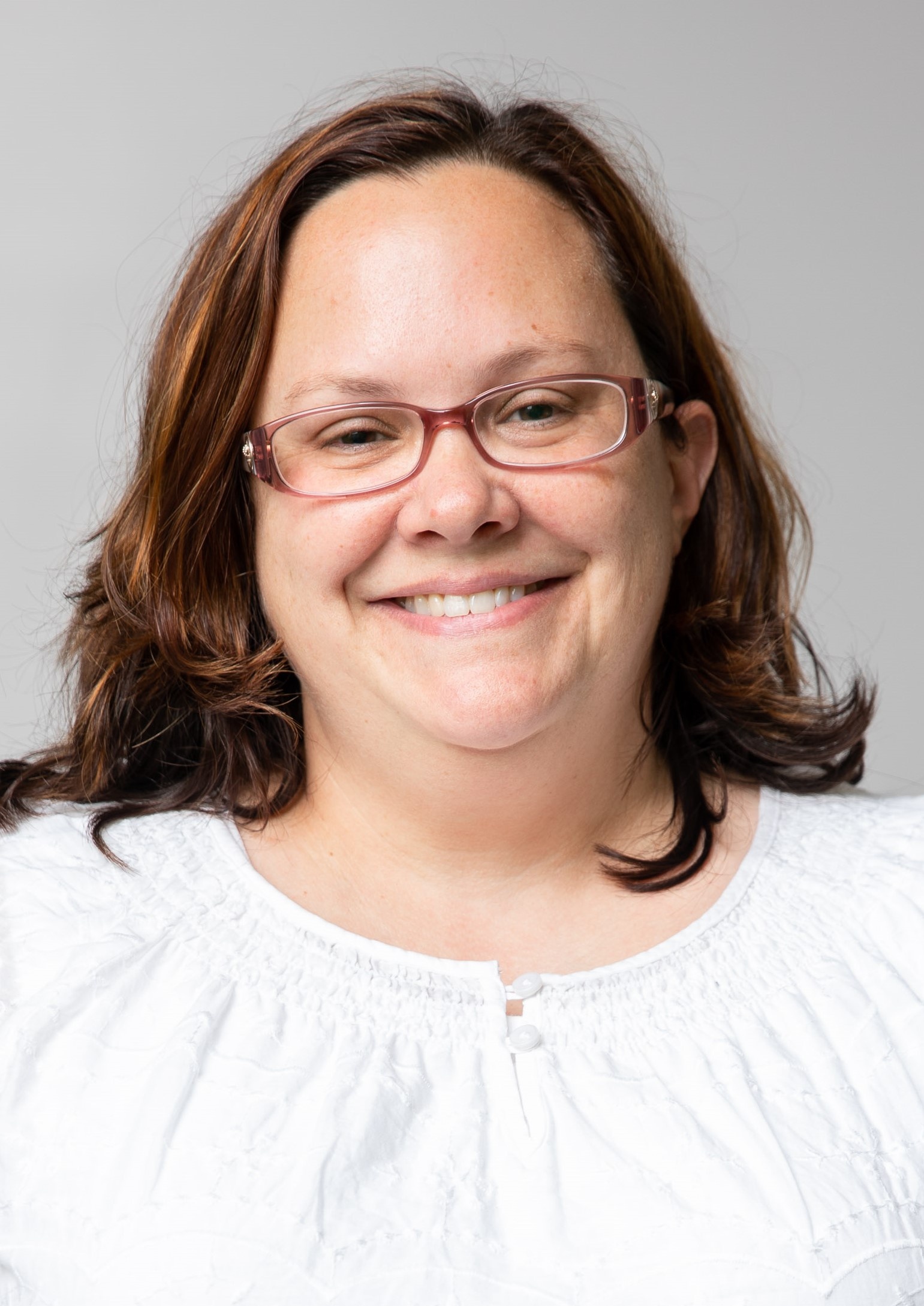
Teacher Education
College of Education
Motivating Young Students through High-Quality STEM Learning Experiences
Science, technology, engineering, and mathematics (STEM) jobs are expected to be the fastest-growing employment sector. However, the United States faces a shortage of STEM graduates and STEM professionals. To better prepare our K-12 students for these careers, our K-12 students need to have opportunities to engage in STEM learning opportunities and learn STEM skills to succeed in careers, college, and citizenship.
My research focuses on providing underrepresented students in STEM the opportunity and access to engage in high-quality STEM learning experiences through informal environments. These experiences are designed to increase students' interest and motivation in STEM and STEM careers.
STEM at The Beach is a free week-long series of informal STEM learning experiences held in the summer for children of color and females entering the 5th, 6th, 7th and 8th grades. Activities during this experience include half-day integrated STEM activities with different STEM professionals designed to increase students' interest in various STEM careers. These activities are designed to emphasize the Standards for Mathematical Practices in the Common Core Standards and the Science and Engineering Practices in the Next Generation Science Standards.
Not only do we need to provide STEM learning experiences for K-12 students, but we also need those experiences for our future educators. Most preservice teachers have little-to-no experience with integrated STEM. My research examines how the informal STEM learning experiences influence preservice teachers' dispositions and motivation to use integrated STEM pedagogies when they teach their future students.
STEM @ The Beach has been held every year since I started at CSULB. I am incredibly passionate about being able to provide a high-quality STEM experience that is accessible to all students. Not only does providing this experience serve as an opportunity for research, but it also provides students and preservice teachers the access or opportunity to engage in high-quality STEM learning experiences.
View STEM at The Beach activities on YouTube.
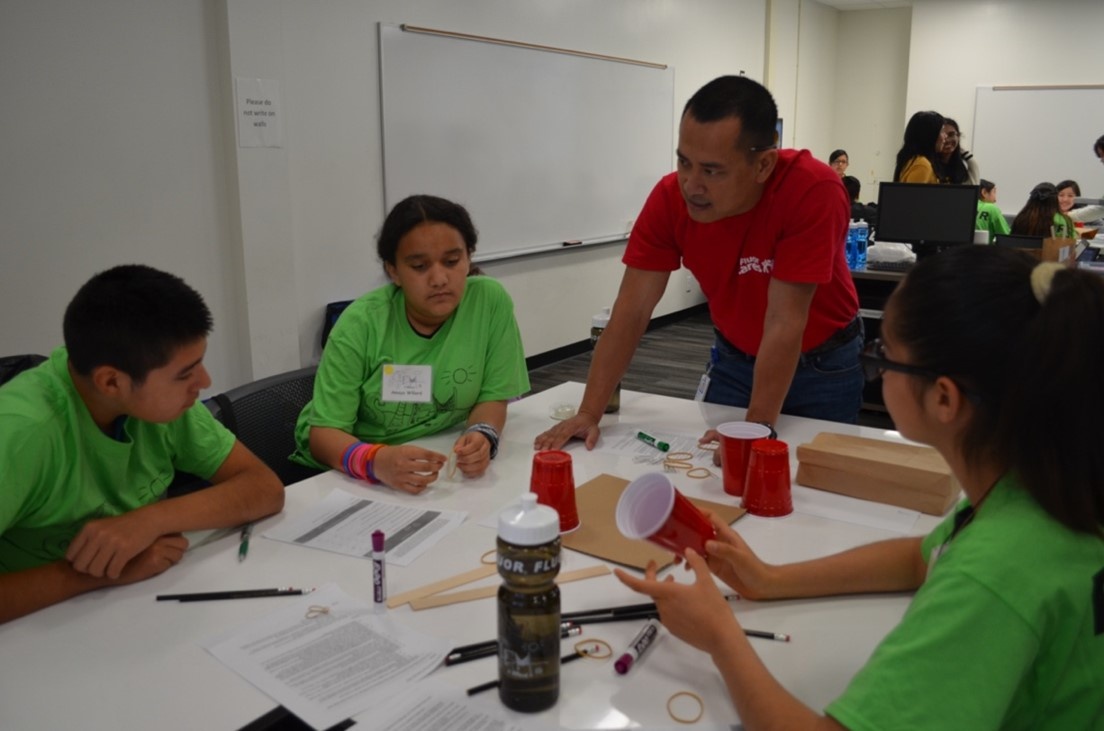
Fluor Engineers working with students on the Fluor Engineering Design Challenge.
Students worked with local aeronautical engineers to learn about the science behind rocketry, and then students designed, tested, and launched their rockets.
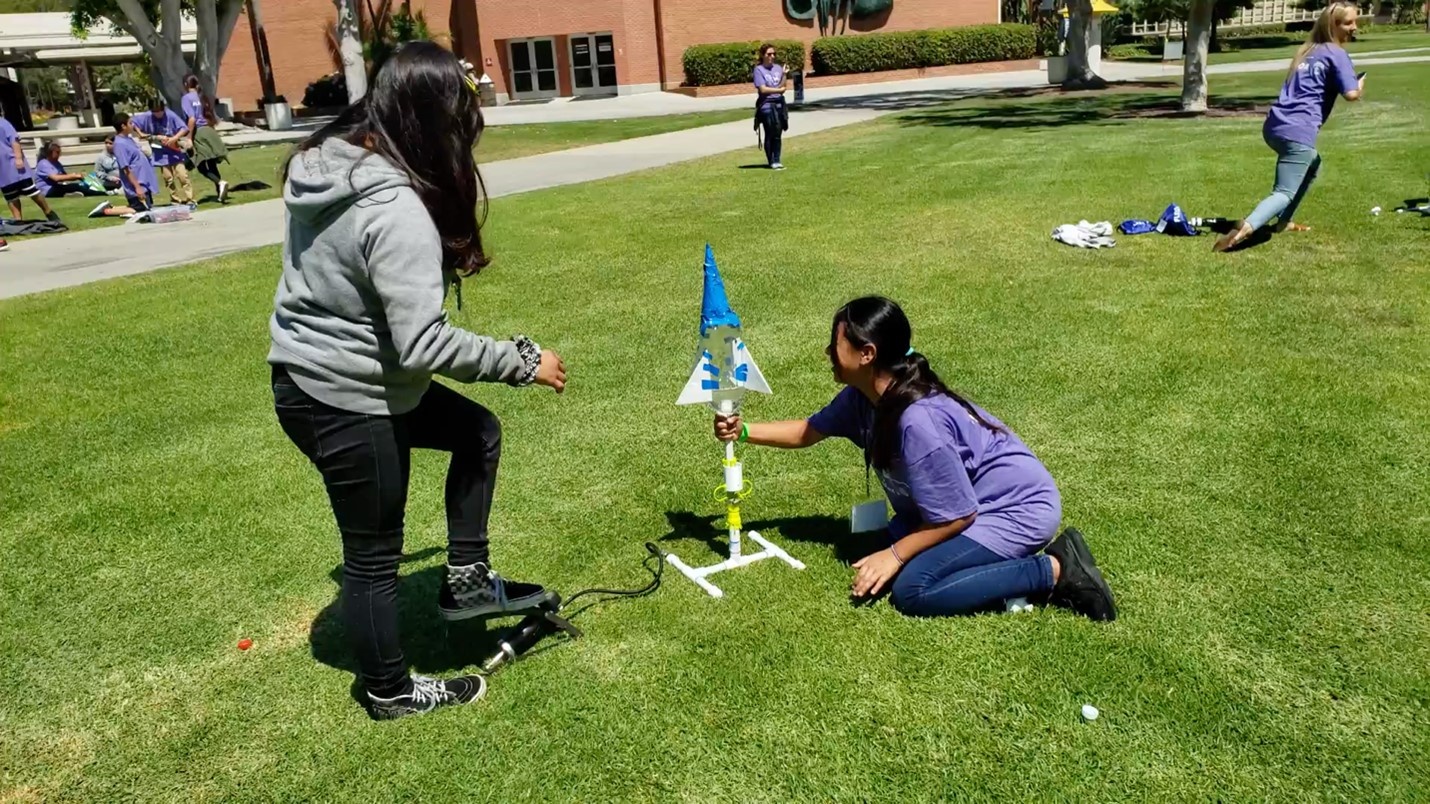
Students launching a rocket.
As part of their daily activities at camp, students design, build and program robots to compete in daily robotics challenges. View students' activities with rockets on YouTube.
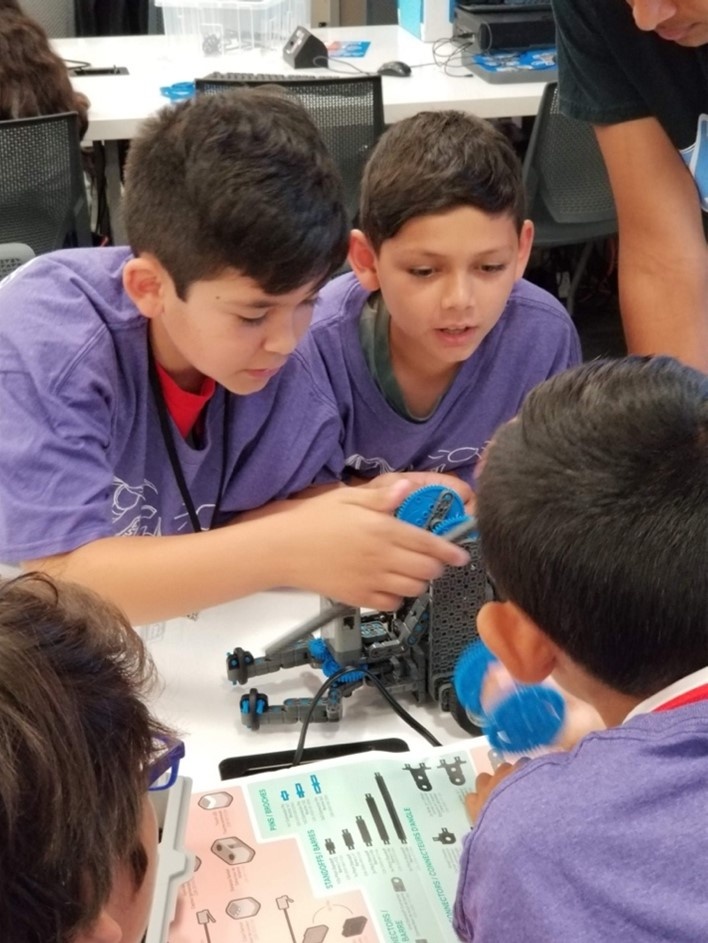
Students design their robots in a teamwork environment.
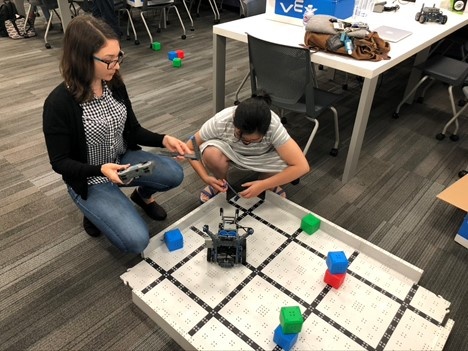
Preservice Teacher helping student learn about robotics.
Images and media courtesy of Cathrine Maiorca
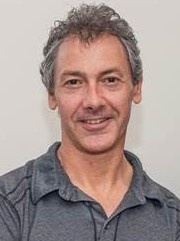
Conrey Endowed Chair in Hydrogeology
Department of Geology
College of Natural Sciences and Mathematics
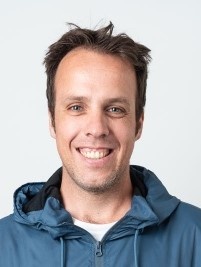
Department of Geology
College of Natural Sciences and Mathematics
Flooding from Below: The Impact of Sea-Level Rise on Groundwater
Californians have become accustom to hearing how rising sea level will erode coastal bluffs and cause flooding in nearshore communities. A less commonly discussed impact is that groundwater, which floats on top of seawater, will also creep upward.
Rising groundwater will saturate ground which had previously been well-drained soils and sediments, known as the vadose zone. A shrinking vadose zone has profound implications for infrastructure. Many hazardous waste disposal facilities and contaminated soil and groundwater sites may be impacted.
In collaboration with Danielle Bram at the Center for Geospatial Science and Technology at CSU, Northridge (CGST), we will be leading an assessment of this problem for the California coastline.
Mapping the Future of Coastal Groundwater
The new project has been funded by the CSU Council on Ocean Affairs, Science & Technology (COAST). The objective is to map locations in which groundwater may inundate hazardous sites. This work will take advantage of existing State databases that list hazardous waste disposal sites (underground tanks and landfills), hazardous waste storage sites, and groundwater and soil cleanup activities.
Geographic information systems (GIS) will be used to combine topographic databases, projections of sea-level elevations, and simple groundwater simulations, to map locations that will need to be reassessed. State regulators can use these maps to determine which operators may need to consider the impact of sea level rise on safety of their sites.
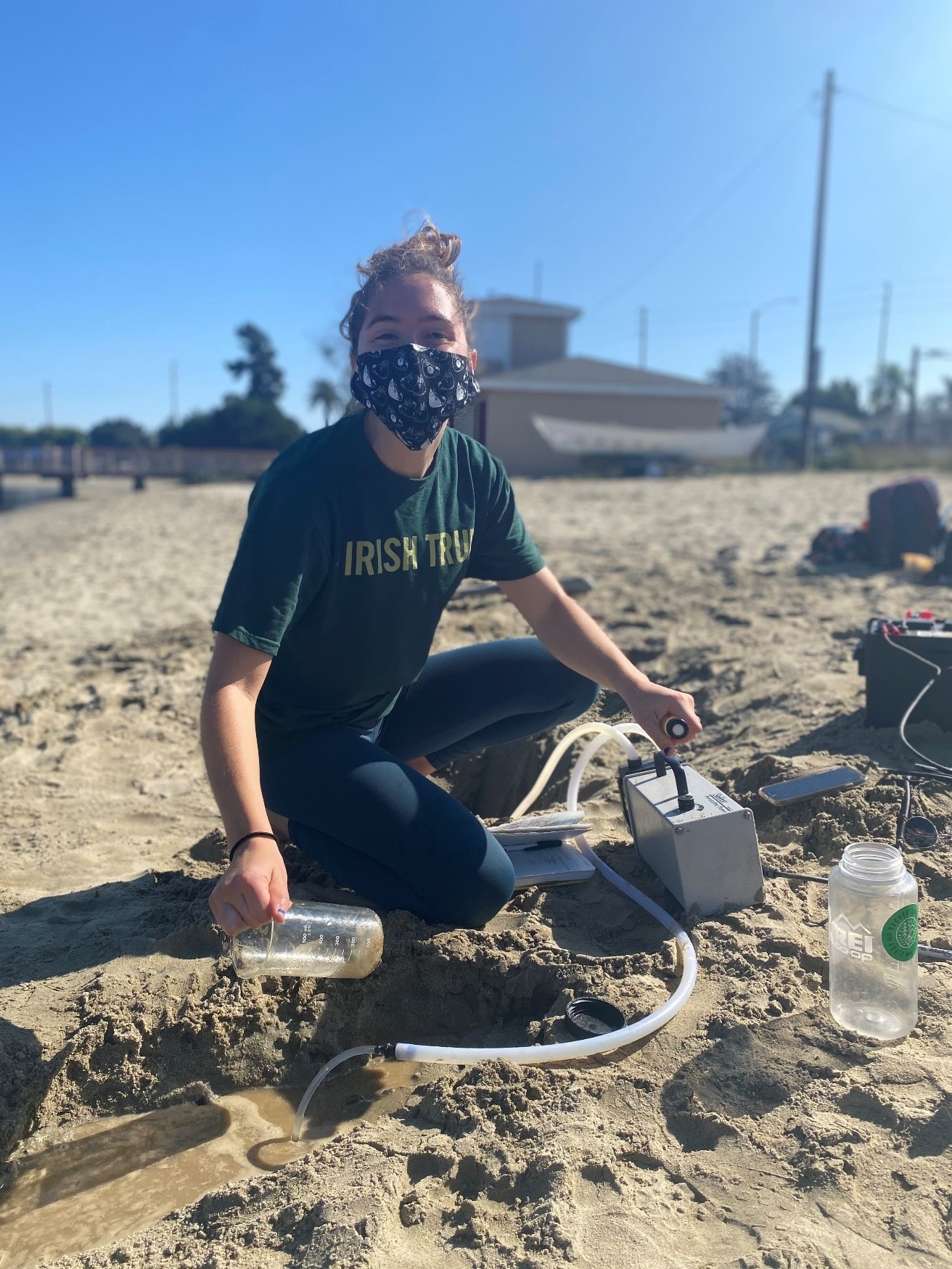
Ellen Justis, a graduate student in the department of geological sciences, collects water samples to be analyzed for their chemistry.
Impact on Disadvantaged Communities
Often, hazardous sites are located in disadvantaged communities. A major focus of this project will be to evaluate how disadvantaged communities may be impacted or even disproportionately impacted by sea level rise. We will develop vulnerability indices that can be correlated to future environmental threats. The maps developed from this project will be released to the public so that communities and advocate for projection of health and environment decades, instead of years ahead of time.
Climate Action
It is easy to become discouraged with news of climate change and its impact on so many aspects of society and ecology. Long-range planning can help alleviate the feelings of helplessness that come from these dire predictions. An important goal of this project will be to train students to predict long term evolution of the natural environment in the face of climate change. The graduate and undergraduate students involved in this project will become familiar with existing tools and develop new methods that can be used in planning for impacts from sea-level rise. They will learn how to manipulate “big data” to provide important information to communities and regulators. As always, the most important product of CSU schools will be well-trained people, ready to take on the challenges of the future.
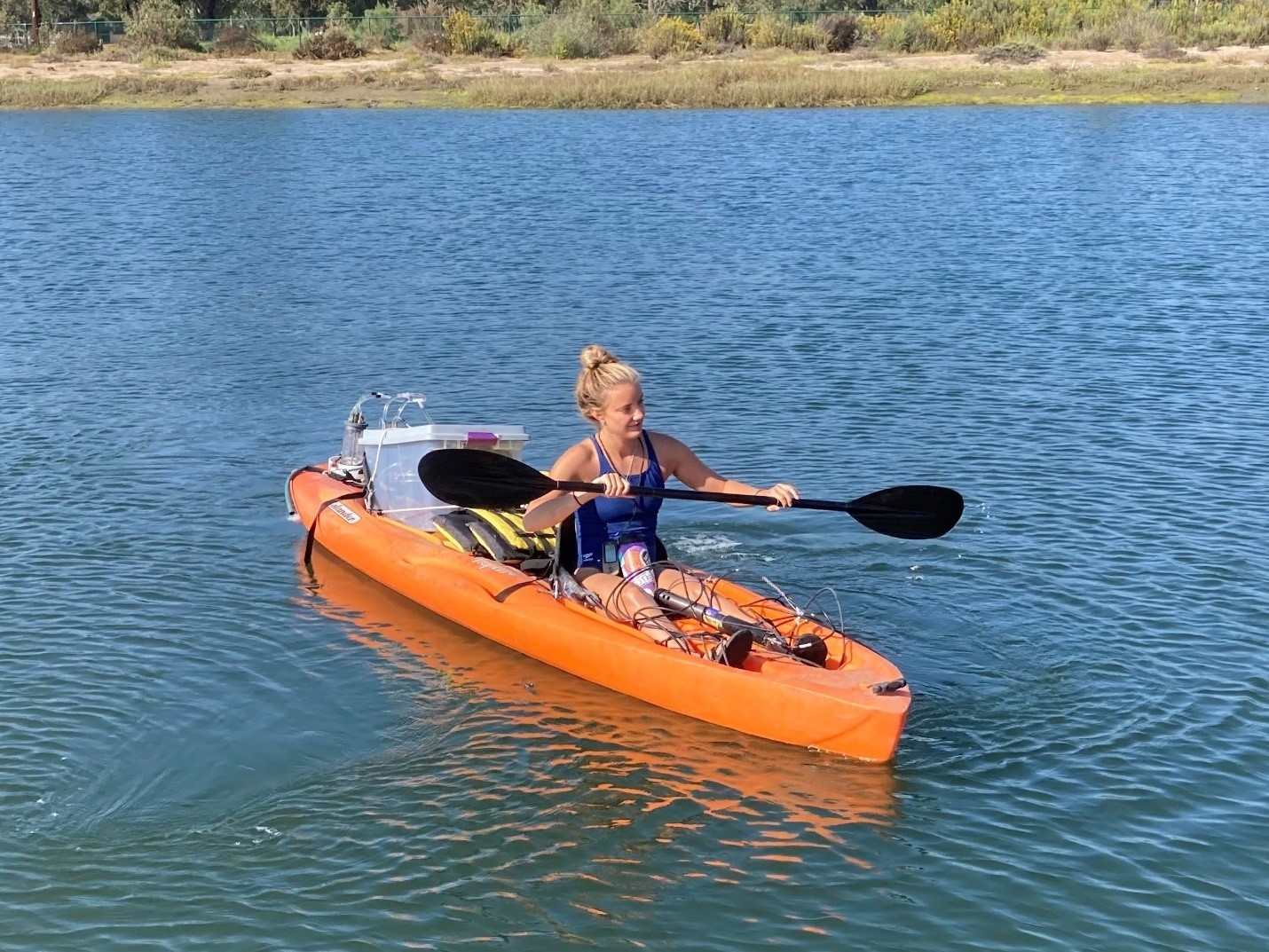
Christina Meadows, a graduate student in the Department of Geological Sciences, measures coastal concentration of the radon, which is an indicator of groundwater seepage.
Images courtesy of Matthew Becker
Image
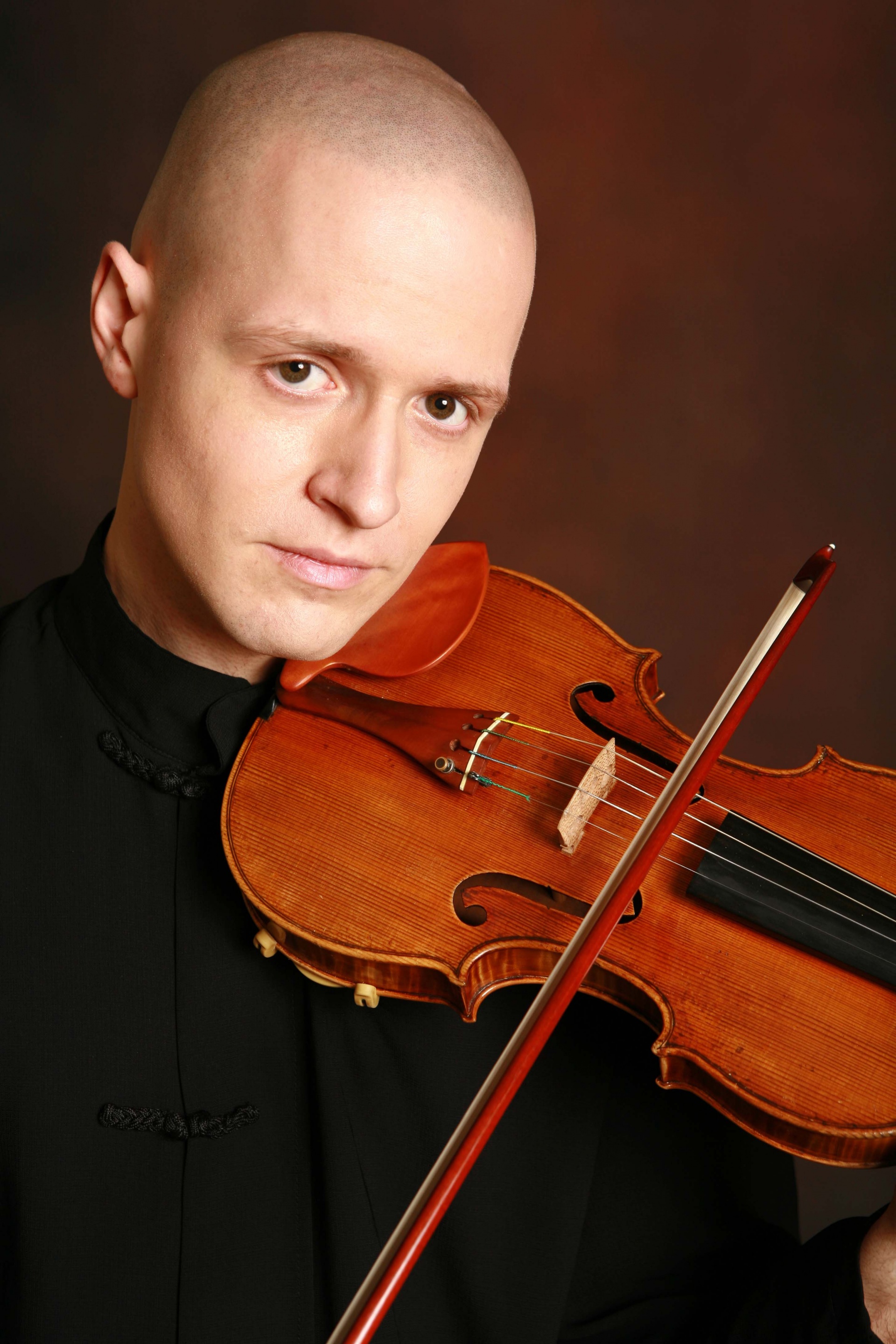 By Professor Moni Simeonov
By Professor Moni Simeonov
Director of String Studies
Bob Cole Conservatory of Music
ZenViolin and the Art of Enhancing Performance

For the last 200 years, books on violin technique have comprehensively discussed nearly every technical issue students deal with, and it seems that professors and researchers are much more interested than the students themselves. My goal is to help advance the evolution of that discussion by involving topics with adjacent implications that I find particularly relevant.
Through the prism of Martial Arts, Powerlifting, Endurance Sports, and Meditation, I aim to establish awareness of commonalities and awaken new perspectives on the ever-so-familiar technical and mental issues violinists face daily. The project is called ZenViolin and has involved the assistance and wisdom of some of the leading violinists of Europe, Asia, and the U.S.
My attempt at shortening the distance between students and their attaining true technical proficiency has produced over 400 pages of hyperlinked etude-exercises based on the 10 most common violin excerpts used in orchestra auditions around the world, and just as many technical exercises that target specific issues such as shifting, string crossing, finger independence, sound production, etc. I have also scripted and produced videos complementing these very topics. The next stage of this project is a mobile app that should further help facilitate access to these methods.
Being a violin performer as well as a teacher, I devote a significant portion of my time to learning new repertoire and perfecting familiar pieces. Leading up to a performance, I would practice about 6 hours a day, but even during “down time”, I would still clock about 3 practice hours a day. As soon as the reality of the pandemic had a chance to sink in and I realized concerts may be cancelled for some time, a large gap of motivation opened up an even bigger vacuum in my daily schedule. After waking up to the new reality, I slowly started learning audio/video editing and notation software, and web design, with the aim of putting exercises, concepts, and methods in a palatable format.
My students have helped tremendously with this project as they have taught me what “works,” in the most organic of ways. I made the Beta version of the exercises available to colleagues of mine around the world and was glad to discover it made a tangible difference in precisely the issues each exercise targeted.
My hope is that ZenViolin will continue to evolve as the media and needs do. In the near future, I plan to recruit colleagues who would help me draw parallel trajectories for Viola, Cello, and Double Bass.
Image courtesy of Moni Simeonov
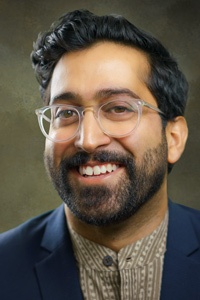
Department of Sociology
College of Liberal Arts
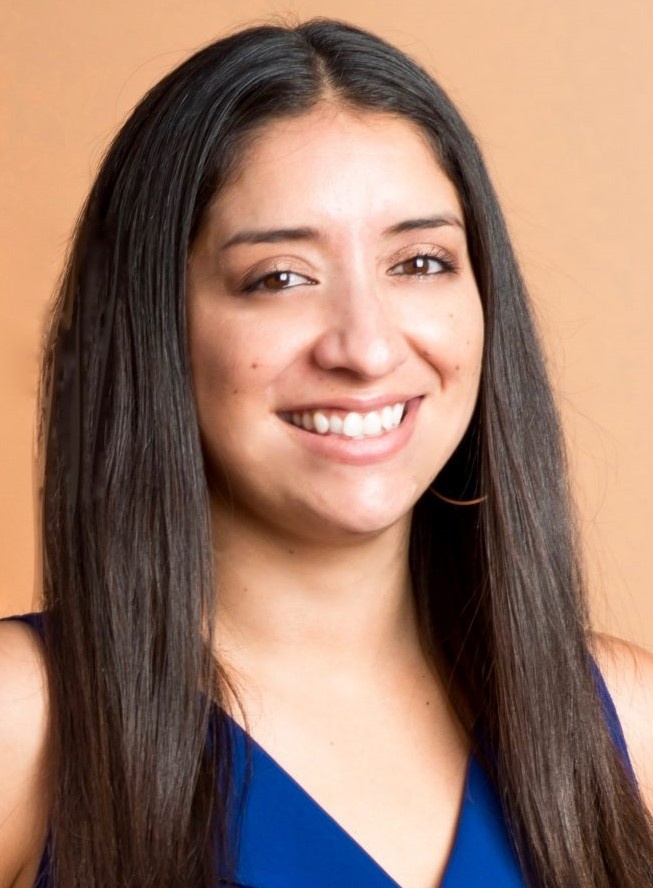
Chicano and Latino Studies
College of Liberal Arts
Understanding the Challenges the "UndocuTeachers" in Our Schools Face and How We Can Help Them
Even as undocumented college students continue to overcome tumultuous policy changes and racist rhetoric with support of their allies, they still face another daunting challenge: what should they do after graduation?
The question no doubt causes anxiety for most undergraduates, but for undocumented students living on a tightrope, it poses a particularly fraught conundrum. However, even as some pathways remain closed off for them, various factors may make teaching an appealing option. Signed into California state law in 2014, SB1159 essentially allows undocumented people to receive state professional licenses, including teaching licenses. Additionally, teaching is often seen as a social justice profession, positioning educators to have an impact on their communities. The Migration Policy Institute estimates that there are 5,000 DACA-eligible teachers in California alone.
Our objective is to understand how undocumented immigrants navigate political and professional challenges to become public school teachers in California and what this means for their classroom practices. Through interviews and focus groups with “UndocuTeachers,” we hope to bring light to their experiences and drive change at the intersection of immigration and education reform.
Although students of color now comprise the majority of the public school population nationwide, the teaching workforce has yet to similarly diversify. Nowhere is this more pronounced than in California, where three quarters of all students are people of color but only a third of their teachers are. Given that research has demonstrated the positive impacts of having teachers that reflect their students’ backgrounds, it is imperative to better understand various pathways into the profession so as to promote a more diverse workforce.
As a sanctuary state, California has sought to create employment pathways for undocumented people. Beyond the service sector, little is understood about undocumented professionals. Much of the research and discussion on DACA has focused on educational access, but less so on students’ longer-term prospects. Studying the professional experiences of undocumented teachers can provide important lessons for immigration reform and demonstrate the ways they are participating in public institutions.
Given our commitment to action-oriented research, we are collaborating with two campus entities to maximize the project’s impact. The Dream Success Center supports undocumented students on campus and the Caminos Project housed in the College of Education seeks to increase the Latinx teacher pipeline. With support from the Sociological Initiatives Foundation, we plan to hire students that have firsthand experience with undocumented communities to help form our research team. Harnessing our collective power, we foresee our project bolstering policy advocacy and providing resources for college faculty, student affairs officers, and K-12 district administrators.
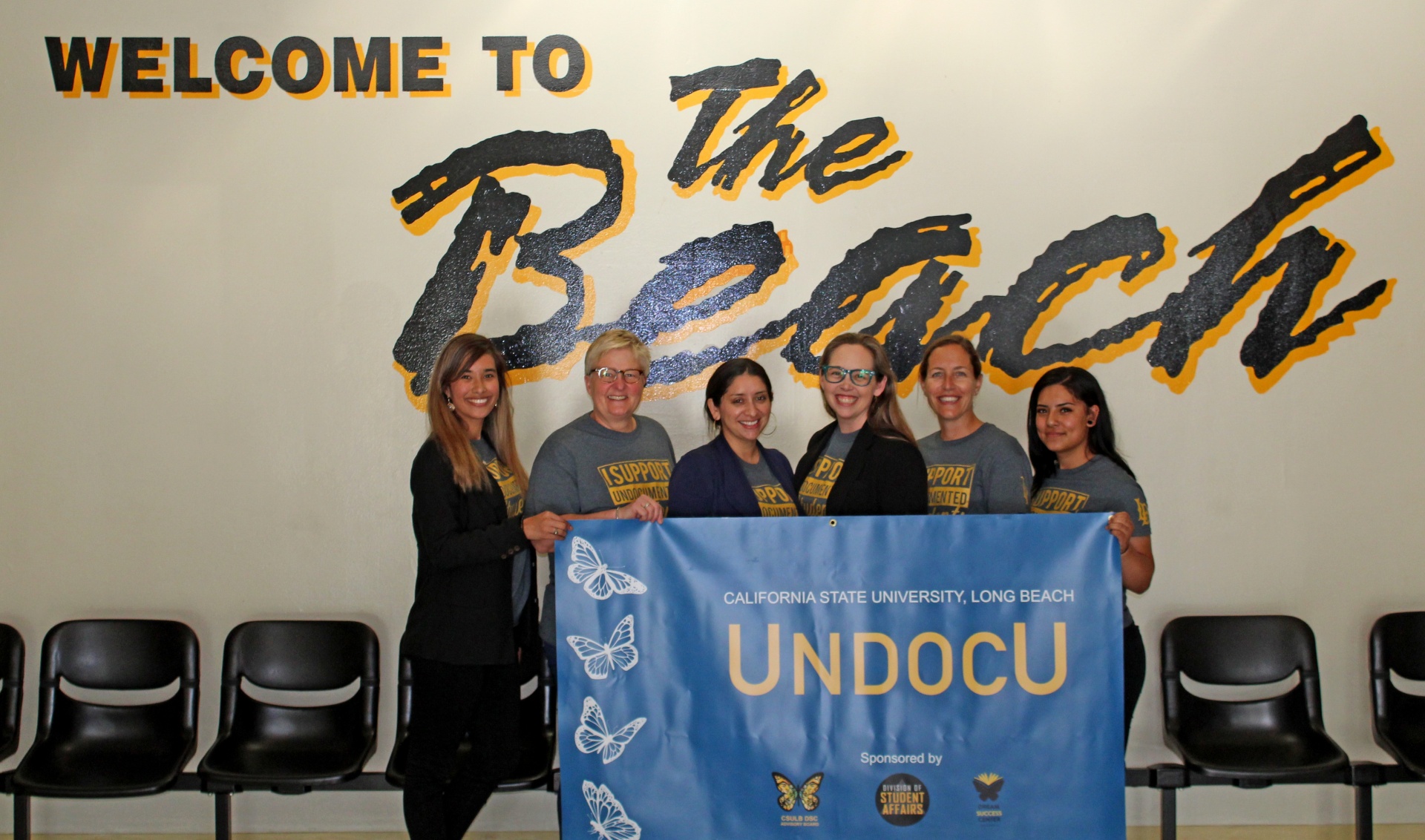
Dr. Rosas (center left) with board and staff of the Dream Success Center at the UndocU Conference in 2019
Images courtesy of Esa Syeed
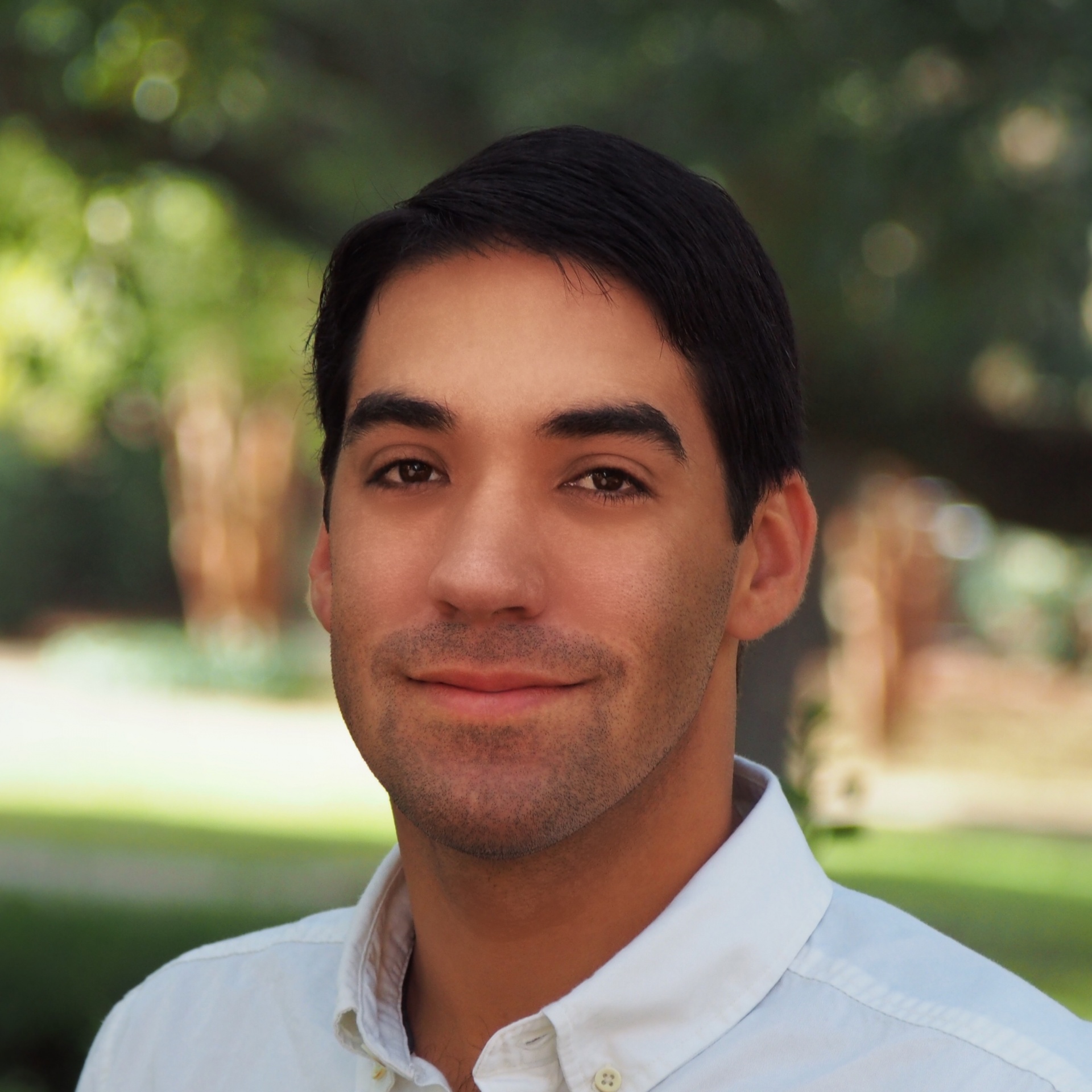
Department of Family and Consumer Sciences
College of Health and Human Services
Are Romantic Relationships a Public Health Issue?
A large amount of data indicates romantic relationships are a public health issue that can be leveraged to promote wellbeing.
In fact, the number of marital and family therapists practicing within interdisciplinary medical and behavioral health teams is expected to grow over the next decade. This is in part because intervention and treatment efforts that aim to advance wellbeing benefit from considering the broader contexts in which persons are imbedded.
Importantly, romantic relationships are a key context central to the lives and health of most individuals.
Thus, I am interested in examining links between romantic relationships and wellbeing to better tailor for who and under what conditions romantic-relationship-based strategies may be most effective for promoting the health and wellness of individuals and couples.
One recent study explored whether relationship mindfulness—nonjudgmental attention and awareness during interactions with a romantic partner—and negative emotional symptoms helped explain how being in a satisfying romantic relationship relates to lower sleep problems.
Findings from this study revealed that the degree to which a person is more mindful during interactions with a romantic partner plays a key role in how relationship satisfaction and negative emotional symptoms are linked to sleep problems (Jaurequi et al., 2020).
In that way, new or existing romantic relationship education programs may benefit from incorporating relationship mindfulness as a key relationship skill to facilitate improved mental health and sleep. Of course, more research is needed to test the efficacy of the integration of relationship mindfulness strategies into romantic relationship education programs and its effects on negative emotions and sleep.
Another study builds on the idea that forgiveness plays a critical role in whether a romantic relationship can be a source of great happiness or pain.
Findings from this study revealed that higher mindfulness—present focused nonjudgmental attention and awareness—related to a higher tendency to forgive a romantic partner for past transgressions (Roberts et al., 2020).
Notably, the positive link between one’s own mindfulness and forgiveness, in turn, related to one’s own and partner’s relationship satisfaction.
Thus, higher mindfulness in one partner increased the likelihood that an individual tends to “forgive and forget” which, in turn, increases the chance that the individual and their romantic partner will experience a rewarding and comforting relationship.
That said, future studies are needed to map the causal pathways between mindfulness, forgiveness, and relationship satisfaction within and between romantic partners.
Hopefully, further knowledge in these areas will advance the science on romantic relationships and health. And it will translate findings into pragmatic and cost-effective relationship-based interventions and public initiatives that promote health and wellness.
Photo courtesy Matthew Jaurequi
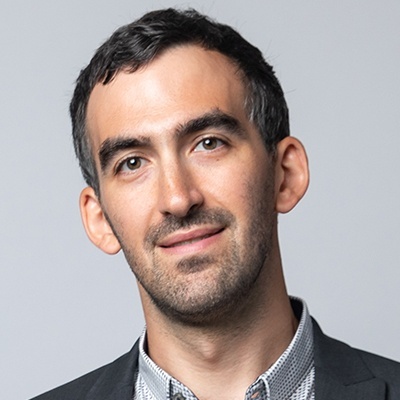
Department of Physics and Astronomy
College of Natural Science and Mathematics
The Physics of Chainmail DNA
In 2018, a new type of DNA structure arrived at my former lab, where I was investigating the elasticity of molecules.
I prepared the structures for observation in the microscope and set up an electric field to stretch them. The molecules were tougher than regular DNA and impossible to stretch with the tools I had. Since I could not make my stretching forces stronger, I tried making the molecule weaker by turning up the visualization lamp to 100%, using light to break parts of the molecule.
Broken DNA started flying off the structure to the left and right until the entire molecule came apart and exploded like a supernova. Although we learned nothing scientifically and damaged the lamp, it was the coolest thing I had ever seen, and I decided to focus on this system going forward.
My research is part of a field that uses biological molecules to study the physics of materials. Many materials are made of stringy molecules called polymers, but most synthetic polymers are too small to study their physics directly.
DNA is a naturally occurring polymer, much bigger than synthetic molecules, that lets us learn about the physics of polymers. My former project looked at the effects of knots on the stretchiness of molecules, which can impact the mechanical properties of materials. During this time I learned about trypanosome parasites that causes diseases like Sleeping Sickness, which have a complex DNA structure called a kinetoplast.

A sample of kinetoplasts, each about one-tenth the diameter of a human hair.
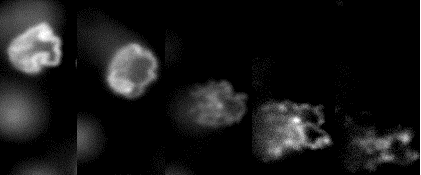
A kinetoplast at various stages of destruction from exposure to bright light. Photo by Josh Ragotskie.
Instead of individual long strands of DNA, like ours, or a single loop, like bacteria, kinetoplast DNA consists of thousands of small loops of DNA, all connected like the links in medieval chainmail armor: the DNA is entirely knots.
Under a microscope, kinetoplasts look like little jellyfish bells, about one-tenth the diameter of a human hair. My first kinetoplast investigation was an attempt to characterize them as two-dimensional molecules: there is considerable interest in two-dimensional materials for electronics, but less is known about how such materials behave at the temperatures where these devices will function.
I joined CSULB in 2019 and began putting together a lab to continue my investigation, although the pandemic has made this more difficult. Several students are working with me to understand aspects of kinetoplast physics: Dave Holling is measuring how they crumple in the presence of solvents, Josh Ragotskie is repeating my destructive experiments for the actual scientific purpose of figuring out how the links fit together, Sierra Breyer is investigating whether a nanopore sensor can be used to detect these parasitic infections, and David and Edgar Garcia are using theoretical methods to investigate their shape.
We are just getting started, but we’re learning a lot and having fun doing so.

Professor Klotz in his laboratory looking through the microscope. Photo by Sean DuFrene.
Images courtesy of Alex Klotz
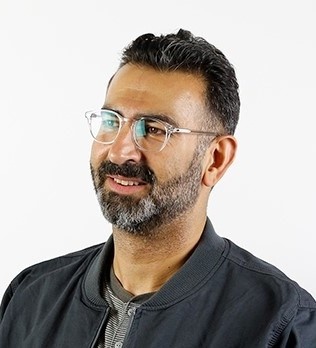
Graphic Design Program - School of Art
College of the Arts
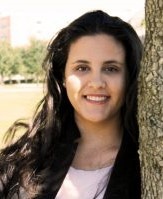
Department of Psychology
College of Liberal Arts
Interdisciplinary Research During the Pandemic -
Art & Psychology Progress in Their Research to Improve VA Technology for Veterans with Spinal Cord Injuries and Disorders
This multidisciplinary design project is on-going research between CSULB, the Spinal Cord Injuries and Disorders (SCI/D) Center at the Long Beach VA Hospital, and the device manufacturer, Accessibility Services, Inc. The project's goal is to improve the usability of the Environmental Control Unit (ECU) device, a technological tool our veterans use for both in-patient and out-patient care. The system is similar to a digital tablet and has specific functionality for fully or partially paralyzed patients. The device facilitates the user's completion of everyday and important tasks, such as:
- Calling the nurse
- Making phone calls
- Controlling elements of the care room
- Adjusting bed position
- Watching TV
- Accessing the internet
The project began in 2019 by performing heuristic evaluations on the different modes of use for the ECU device with a team of five students from the MS in Human Factors (MSHF) program in the Psychology Department. Findings from this work identified system elements in need of improvement for enhanced usability and user experience, and provided recommendations for how to address these concerns.
Despite the pandemic and its associated lockdown conditions, the research team has successfully transitioned the next phase of this project, A/B testing, online. The faculty leaders scheduled weekly meetings with the research team via Zoom throughout the Summer of 2020 to develop an alternative plan to continue the project. During the Summer of 2020, students worked tirelessly to build a fully digital prototype of the ECU device that can be accessed remotely online within the safe space of home. Having the ECU device's online prototype made it possible for the research team to apply design changes and prepare for remote user testing. In the meantime, the research team grows more extensive, with two students joining from the graphic design program and another two students from the CSULB Undergraduate Research Opportunity Program (UROP).
Data collection began in Fall 2020 with a neurotypical population (i.e., CSULB students). With the incredible amount of passion and dedicated hard work from CSULB students, projects like this could push through the pandemic barriers. The team's energy and dedication have also inspired the device manufacturer to donate a complete set of equipment to be installed on campus for further testing once the re-population plan has been put into effect. The team is currently collecting data from online user testing sessions to make plans for the device's design improvements. Interdisciplinary applied projects can bridge the gap between multiple practices and act as an incubator to train knowledgeable students across ergonomic domains. Students gain real-world experience by engaging in hands-on research and design project. In contrast, the industry partners gain valuable research insights.
Results of this ongoing design project has been presented/featured in national and international conferences including:
- HCI INTERNATIONAL 2020
22nd International Conference on Human-Computer Interaction - HFES 2020
Annual Meeting of the Human Factors and Ergonomics Society - IEA 2021
The 21st Triennial Congress of the International Ergonomics Association - AHFE 2021 International Conference
12th International Conference on Applied Human Factors and Ergonomics
The entire research team included faculty and students from the Art's Graphic Design Program, Psychology's Human Factors Program, Mathematics, and the university's Undergraduate Research Opportunities Program.
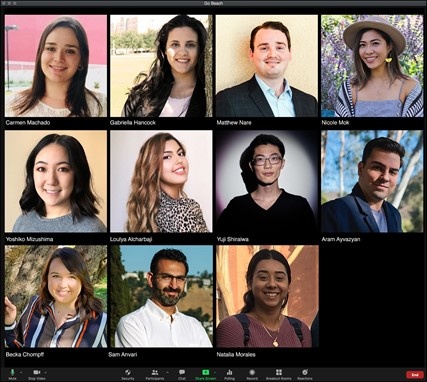
CSULB + VA-Hospital Design Research Dream Team.
Row-1 (L-R) Carmen Machado, Gabriella Hancock, Matthew Nare, Nicole Mok
Row-2 (L-R) Yoshiko Mizushia, Loulya Alcharbaji, Yuji Shiraiwa, Aram Ayvazyan
Row-3 (L-R) Becka Chompff, Sam Anvari, Natalia Morales
Images courtesy of Sam Anvari
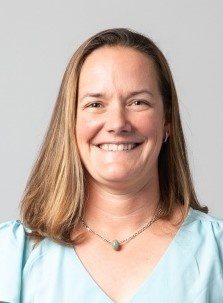
Department of Biological Sciences
College of Natural Sciences and Mathematics
Living Shorelines – Creative and Ecologically Sound Solutions for the Future
Understanding subtidal organisms can be particularly challenging for the public and for scientists alike. But when those organisms look like small muddy rocks, it can be even harder to explain why they are important. Meet the Olympia oyster!
The Olympia oyster, Ostrea lurida is the only oyster native to the west coast of the United States. Once widely distributed in bays, they were an important food source for native Americans. In the 19th century, it was even a commercially important harvested species.
However, oyster populations declined in the late 1800’s probably due to a combination of over-harvesting, dredging, pollution, and draining of wetlands. Today, 85% of oyster beds and reefs have been lost world-wide, and less than 1% of the Olympia oyster’s original habitat remains in southern California. Why should we care about Olympia oysters in our bays?
Despite their muddy appearance and small size, oysters provide important ecosystem services. The oysters filter water, stabilize nearshore habitat, and reduce the amount of mud that flows into the shallow water. The three dimensional structure of an oyster bed provides homes for other organisms including fish and invertebrates.
Understanding the importance of oysters has motivated managers and scientists to design effective restoration projects to bring back native oyster populations and to help protect the shorelines behind them from waves and sea level rise. Oyster and eelgrass beds are both habitats that can act as living shorelines, which are shorelines that use native organisms to both promote shoreline resilience by capturing sediments and reducing erosion.
In Newport Bay, researchers from CSU Long Beach, CSU Fullerton and Orange County Coastkeeper established an eelgrass habitat in 2016 and installed oyster shell beds in 2017 for a combined area of 1,520 square meters (0.4 acres)! As a result of this project, the abundance of oysters and eelgrass in the bay has increased dramatically from pre-restoration levels.
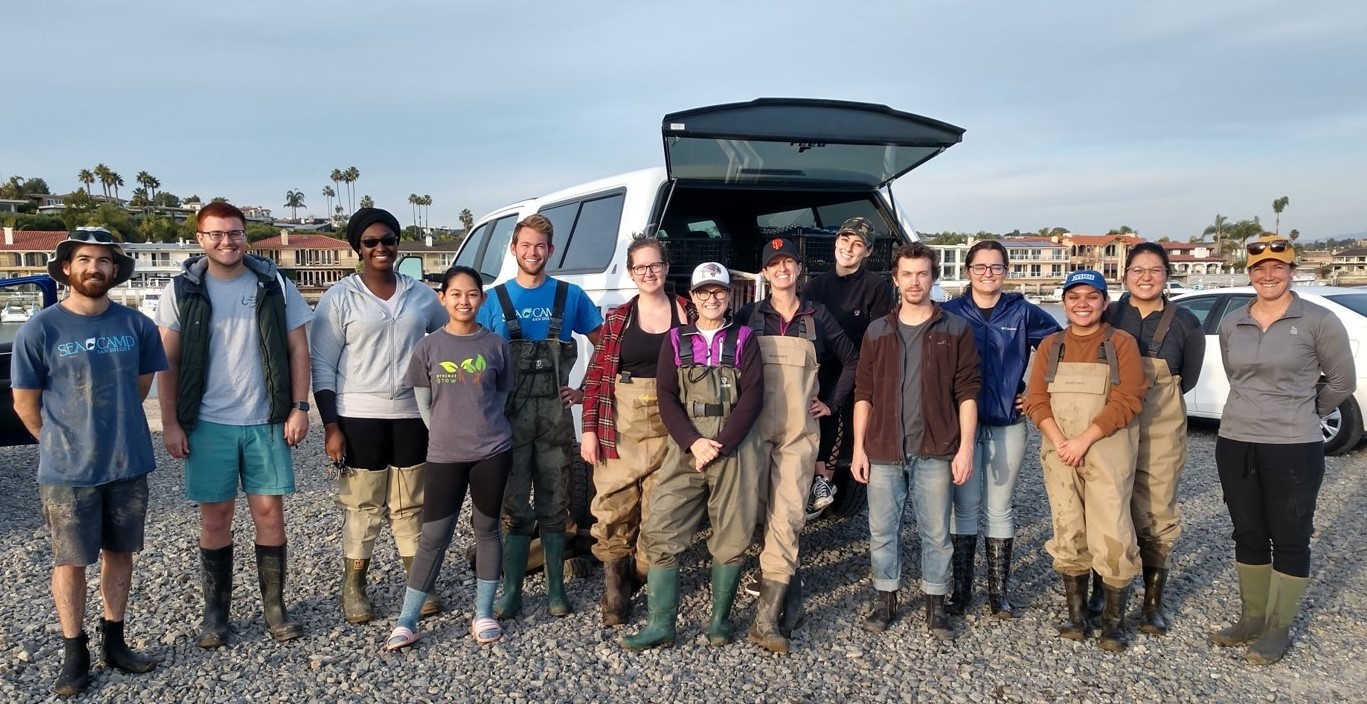
A tired and muddy field crew in 2019 after conducting monitoring on the Newport Bay oyster beds.
Our team has been monitoring how the oysters are doing and how they support fish and birds, reduce waves and erosion and retain mud. We were recently funded to continue monitoring on this project to understand how living shorelines promote shoreline resiliency and to determine which measurements in our monitoring program are most cost-effective and feasible for larger projects.
Finally, this funding will expand our monitoring framework to include aerial imagery, human use observations, and refined wave measurements. This expanded monitoring will help us determine how smaller-scale projects can be increased to develop a regional restoration framework for southern California. We will share these results with managers to ensure that we can design projects that not only help the Olympia oyster but also protect inshore habitats from sea level rise.
Not a bad result for a muddy, small critter like the oyster!
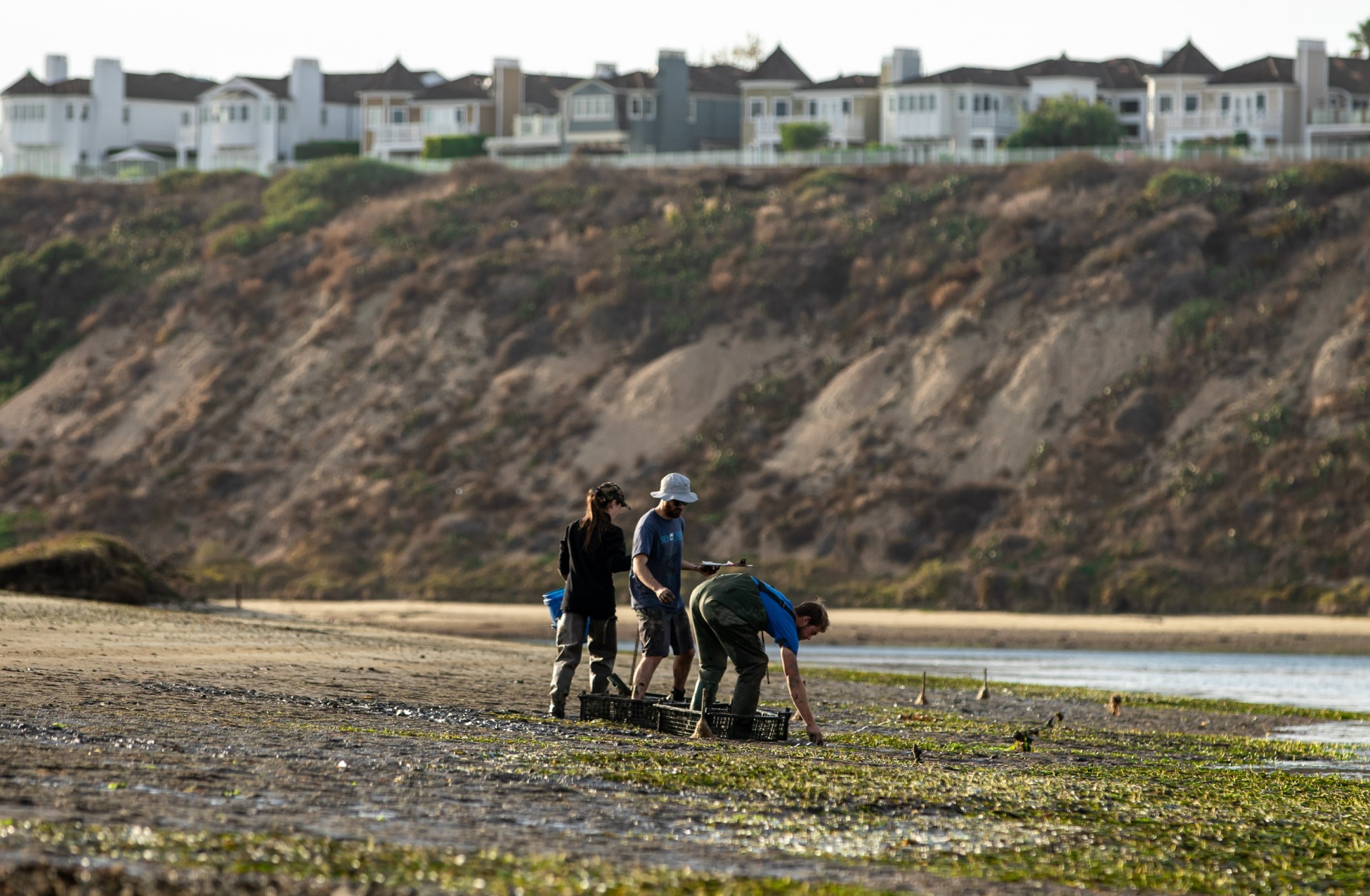
Field crew in action monitoring eelgrass in 2019.
Images courtesy of Christine Whitcraft

Information Systems Department
College of Business
Pricing the COVID-19 Vaccine: A Mathematical Approach
Are Pfizer and Moderna selling their Covid-19 vaccines at a fair price? Can the government negotiate the prices of these vaccines with the manufacturers, despite the very high production and distribution costs?
According to the World Health Organization, the development of the COVID-19 vaccine is occurring in record time. Administration of the vaccine has started the same year as the declaration of the COVID-19 pandemic. The United Nations emphasized the importance of providing COVID-19 vaccines as “a global public good,” which is accessible and affordable worldwide.
Pricing the COVID-19 vaccines is a controversial topic.
The Centers for Disease Control and Prevention (CDC) is the primary public health organization in the U.S. charged with the responsibility of development and fulfillment of vaccines and ensuring adequate societal immunization coverage levels. The COVID-19 vaccine should be free to everyone in the U.S. under the CDC’s COVID- 19 Vaccination Program.
The CDC discusses vaccine coverage under five program types: Medicare, Vaccine for Children (VFC), Medicaid, Section 317 (Vaccines for uninsured adults), the Veterans Administration, and private insurance.
I characterize the U.S. COVID-19 vaccine as a two-sector market, similar to other vaccine markets. The private sector includes the vaccines that are purchased by private insurers, and the public sector includes all other governmental programs. Typically, public sector vaccine costs are lower.
I consider the U.S. COVID-19 vaccine market as a duopoly between Pfizer and Moderna. I use game theory and optimization approaches to determine prices for the U.S. public sector COVID-19 vaccines. The analysis suggests that even in the context of high production and distribution costs, the U.S. government can negotiate prices with the manufacturers that keep public sector prices as low as possible while meeting demand and ensuring each manufacturer earns a target profit.
Using publicly available information about the two companies and related vaccine markets, I use the model to recommend public sector prices to be negotiated by the CDC under a variety of parameter combinations. Prices yielded by the model are realistic, averaging $34-$35 per two-dose regimen. These prices are consistent with those currently predicted in the media. Prices are likely to decrease over time as the cold chain becomes more efficient. (A cold chain is a temperature-controlled supply chain.)
As better information becomes available about the COVID-19 vaccines, the model can be finetuned. Moreover, while this study has focused on Pfizer-BioNTech and Moderna, the two frontrunners in the COVID-19 vaccine race, there are other manufacturers currently developing COVID-19 vaccines intended for the U.S. market. The model I used applies more generally to oligopolies. As the COVID-19 vaccine market evolves, the CDC and other decision makers can use this model to guide pricing decisions.
Dr. Behzad's paper (Pricing the COVID-19 vaccine: A mathematical approach) is published at Omega and can be accessed at the following link.
https://doi.org/10.1016/j.omega.2021.102451
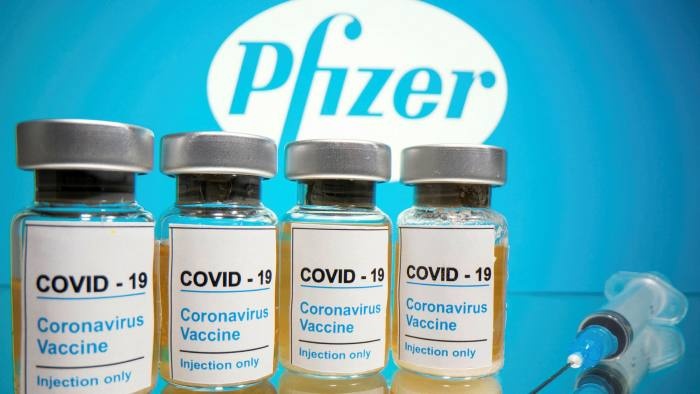
Images courtesy of Banafsheh Behzad
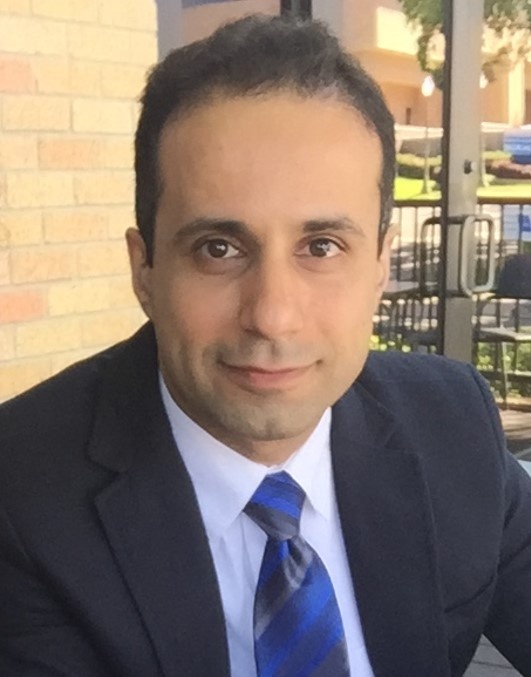
Civil Engineering and Construction Engineering Management
College of Engineering
Are You an Eco-Friendly Traveler or a Big CO2 Polluter?
Well, the answer may soon be within your reach and the results may surprise you!
The decisions managing all modes of transportation are currently based on the traffic rate and travel time.
However, other factors such as Green House Gas (GHG) emissions, the sustainability index, fuel consumption, and travel costs are not considered. Therefore, more comprehensive methods need to be implemented to improve transportation systems and support users’ decision making in their daily commute.
My research addresses current challenges by utilizing data analytics derived from our proposed mobile application. In this study I show that drivers make more eco-friendly decisions when they are informed of their contribution to CO2 emissions. This information is conveyed to them via their smartphone, and the application that is designed for the study.
The proposed application quantifies various factors of each transportation mode including, but not limited to, the cost, trip duration, fuel consumption, and Carbon Dioxide (CO2) emissions. All calculated travel costs are based on the real-time gas prices and toll fees.
The users are also able to navigate to their destination and update the total travel costs in real-time. The emissions data per trip basis are aggregated to provide analytics of emissions usage.
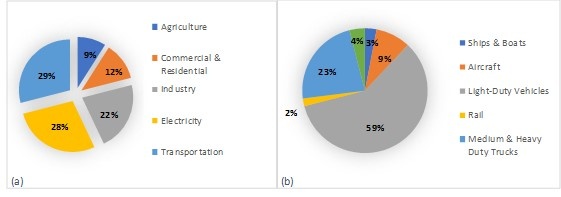
Sources of Green House Gas (GHG) emissions; (b) U.S. Transportation sector GHG emissions in 2017.
An overview of the mobile application performance
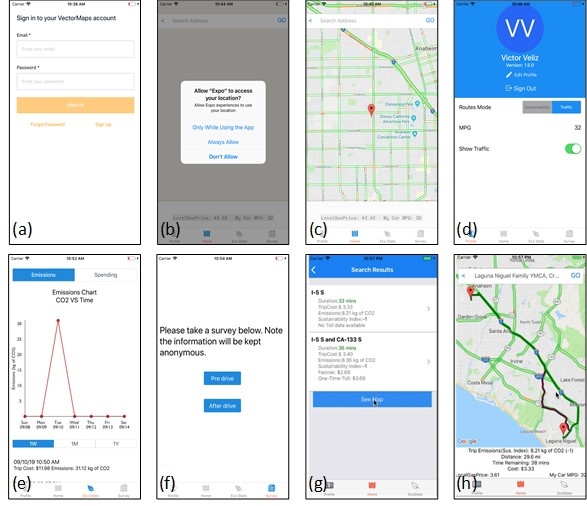
The primary goal of our mobile application is to provide urban citizens with a smart, intuitive, and effective way to record, monitor, and improve their decision making to select optimized trips. The application provides knowledge about the impact of emissions on the environment, as well as the most economic route for the trip. The application is accomplished in three major stages of:
- Recommendations—These recommendations include a more optimized route for trip cost and an emissions reduction friendly route calculated by an algorithm that comes up with a sustainability index, providing a better way to lower emissions.
- Logging—During this stage, the application records the user’s route information such as the starting location, destination route, and time logged which provides the emissions consumed by the trip as well as the total cost of the trip including toll roads, if applicable.
- Displaying—The user is able to display weekly, monthly, and annual consumption data of both emissions and trip costs. An aggregated data plotted on a graph helps to visualize the appropriate emission as well as trip cost data.
The traffic data is collected for the Southern California region and the effectiveness of the application is evaluated by participants from CSULB. The results demonstrate the application’s impacts on users’ decision making and the propriety of the factors used in route selection. The proposed application can foster urban planning and operations vis-à-vis daily commutes and improve the citizens’ quality of life in various aspects.
Images courtesy of Vahid Balali





